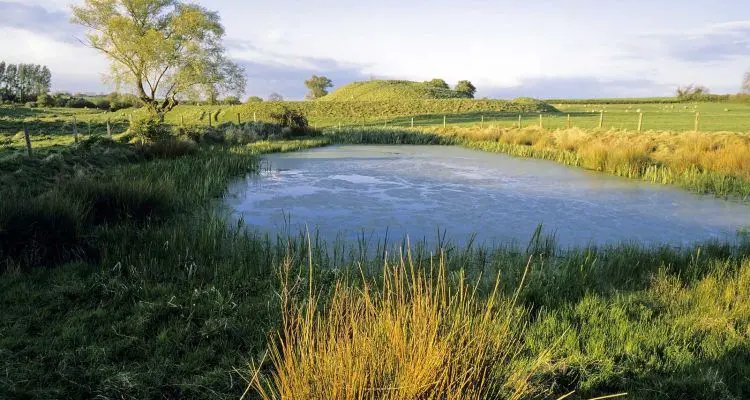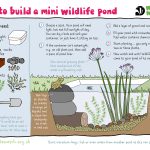Creating an irrigation pond is a great way to ensure a reliable water supply for your crops and landscaping. Whether you are a farmer, a gardener, or a landowner looking to establish a sustainable water source, building an irrigation pond can be a valuable investment. In this guide, we will walk you through the steps to successfully construct an irrigation pond on your property.

Credit: www.btlliners.com

Credit: www.motherearthnews.com
1. Planning and Site Selection
Before you start digging, it is crucial to carefully plan and select the site for your irrigation pond. Consider factors such as the size of the pond, the water source, soil type, and topography of the land. Choose a location that is easily accessible and has a reliable water supply to fill the pond.
2. Permits And Regulations
Check with your local authorities to determine if you need any permits or approvals to build an irrigation pond on your property. Be sure to comply with all regulations and environmental guidelines to avoid any legal issues down the road.
3. Design and Layout
Work with a professional engineer or a pond construction specialist to design the layout of your irrigation pond. Consider factors such as the depth, slope, and shape of the pond to maximize water storage capacity and efficiency.
4. Excavation and Construction
Once you have the necessary permits and design plans in place, it is time to start excavating the pond. Use heavy machinery such as excavators and bulldozers to dig out the pond according to the specifications outlined in the design plan.
5. Liner Installation
After the excavation is complete, install a durable liner to prevent seepage and leakage of water from the pond. Choose a high-quality liner material such as EPDM or PVC that is resistant to punctures and UV degradation.
Install an inlet pipe to allow water to flow into the pond from the water source, such as a stream or a well. Similarly, install an outlet pipe to control the water level in the pond and ensure proper drainage when needed.
Once the pond construction is finished, consider landscaping the area around the pond to prevent erosion and enhance the visual appeal of the site. Plant vegetation such as grass, shrubs, and trees to stabilize the soil and provide habitat for wildlife.
Regular maintenance is essential to keep your irrigation pond in good condition. Monitor the water level, check for leaks or damages to the liner, and remove any debris or sediment that may accumulate in the pond over time.
Building an irrigation pond requires careful planning, design, and construction to ensure a reliable water supply for your agricultural or landscaping needs. By following the steps outlined in this guide, you can successfully create an irrigation pond that will benefit your property for years to come.





